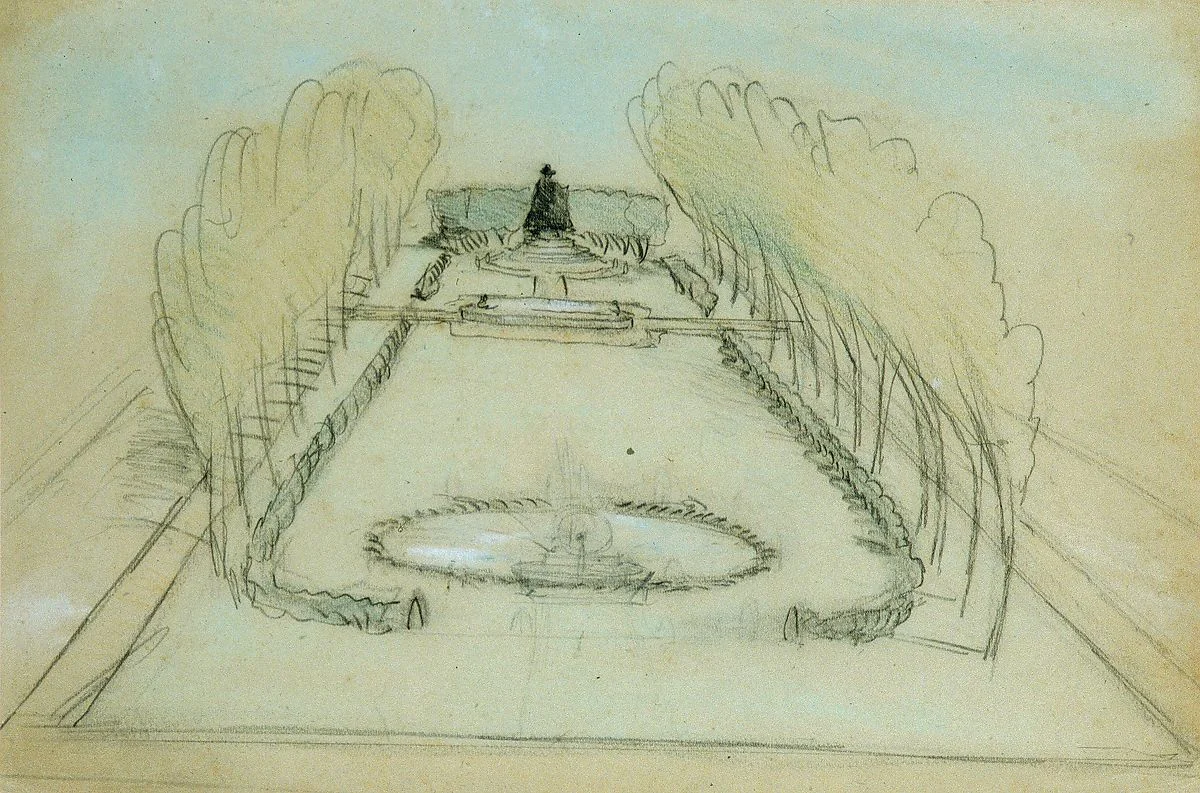PASTEL
The velvety feel of applying pastel to textured paper is compelling as an expressive, colorful tool. Working in pastel causes the artist to rely on skills derived from both drawing and painting. The structure and flow are in tenuous balance as colors are layered in visible lines or smooth areas for deep or lively surface effects.
Pastel
Pastels are powdered pigment mixed with a binder and formed into a stick. The pigments used in pastels are the same as those used to produce many colored art media such as oil or acrylic paints. The binders are a neutral hue and are meant to carry the pigment and to physically hold the stick together.
Pastels have been used by artists since the Renaissance. They gained considerable popularity in the 18th century when they were adopted by artists like Toulouse Lautrec and Edgar Degas who valued them for their direct drawing ability and for their pure color.
An artwork made using pastels is called a pastel, or a pastel drawing, or pastel painting.
Technique
Pastels can be applied directly to a surface similar to chalk or charcoal. They can be left loose and linear or blended smoothly to have a more delicate tonal gradation.
Henri de Toulouse-Lautrec. May Milton. c.1895. Oil and pastel on cardboard. France. Art Institute Chicago.
Rick Bartow. Quiet One. 2013. Acrylic on panel. Museum Purchase: Funds provided by bequest of Elizabeth Cole Butler by exchange. © Courtesy of the artist and Froelick Gallery. 2014.16.1
















